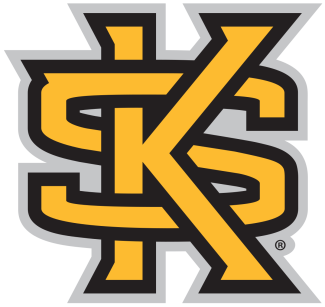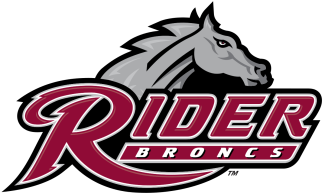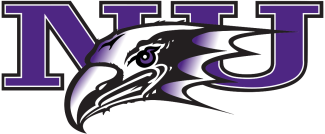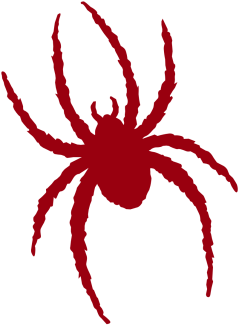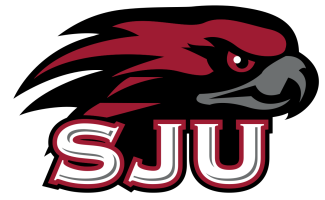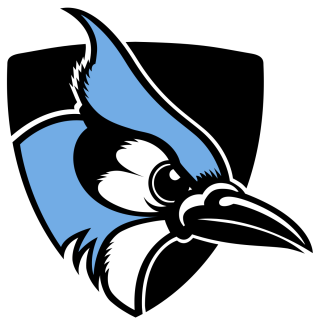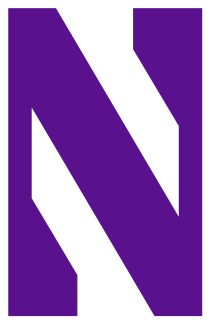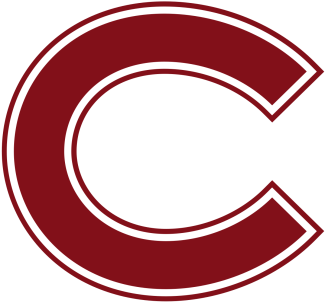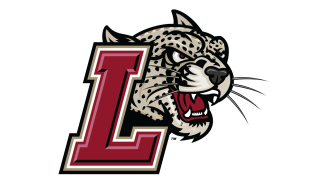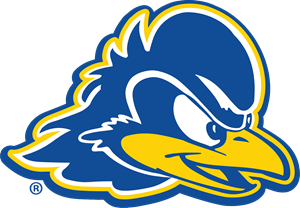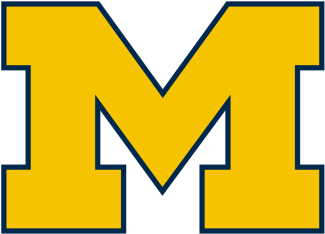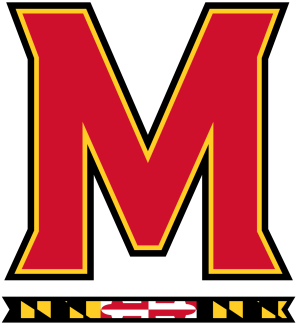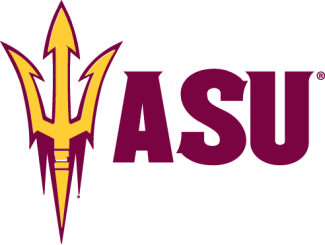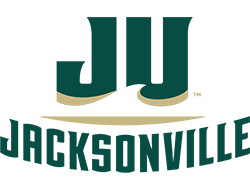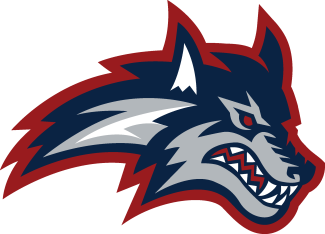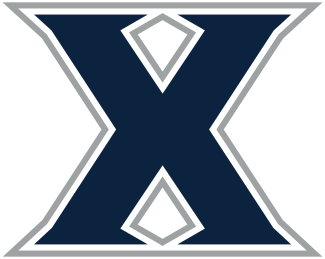This article appears in the November edition of US Lacrosse Magazine, available exclusively to US Lacrosse members. Join or renew today! Thank you for your support.
Was fall ball or your fall sport canceled or postponed? Are you unclear about what will happen in the spring? You’re not alone. For lacrosse athletes, having a solid offseason training program is more important than ever.
Stoppage of play during the COVID-19 pandemic has created opportunities for strength and conditioning. Physiologically speaking, the best time to improve your overall athleticism is the offseason, when you’re not focusing on skills or teamwork and your body isn’t overworked.
1. LAY THE FOUNDATION
Be wary of rushing back to practice and competition. Injury rates skyrocket among athletes who return after a layoff and do too much, too soon.
2. PREVENT INJURIES
If you have a history of injuries, now is the time to address underlying causes (poor alignment, weak supporting musculature, etc.) and work to reduce the chances of future problems.
3. BENCH TO STARTER
If you’re tired of riding the pine, of being called too slow or getting overlooked, then step up and commit to becoming better. No excuses.
4. STAND OUT AT RECRUITING EVENTS
Opportunities to showcase your abilities are more limited and each one is more consequential. Fine-tune your athleticism to stand out in a shortened recruiting cycle.








